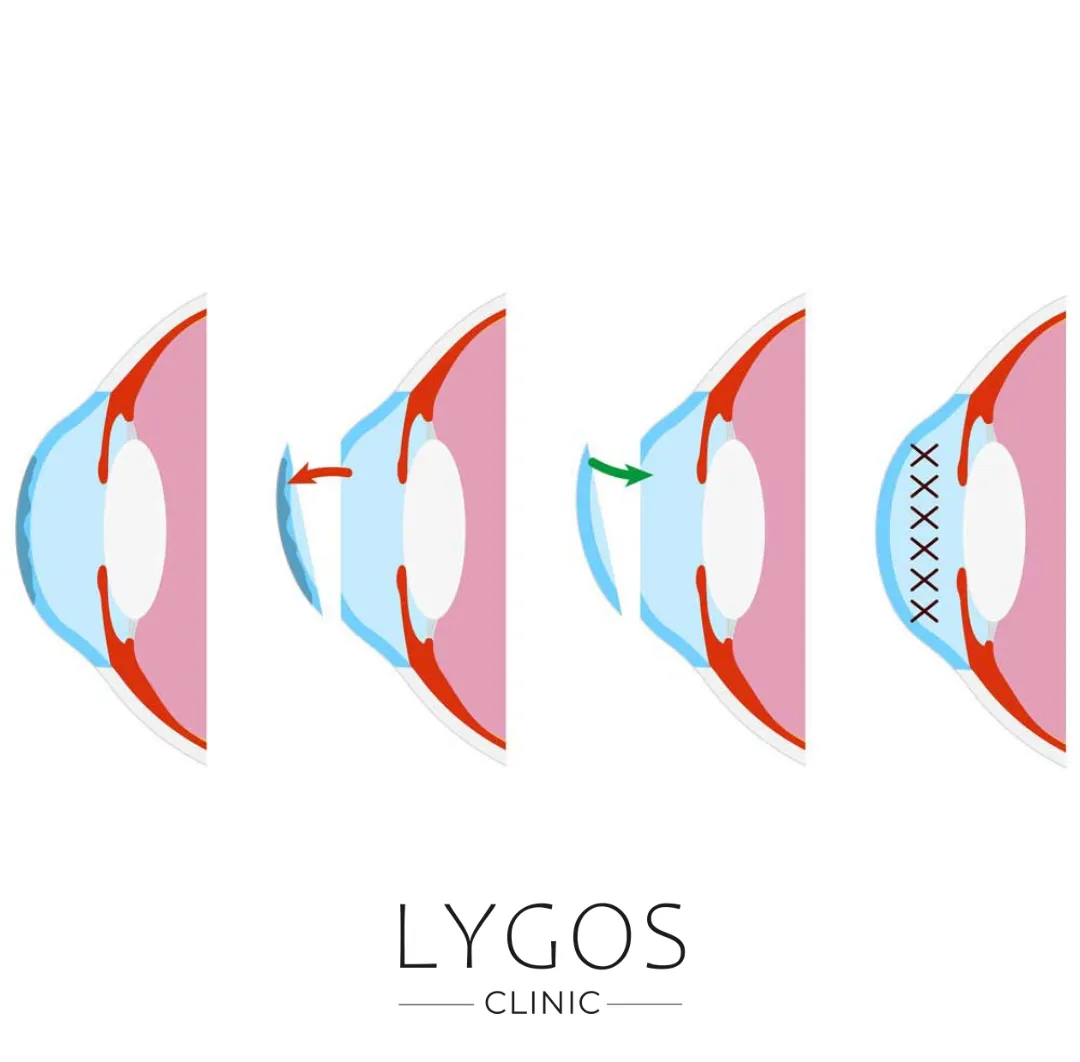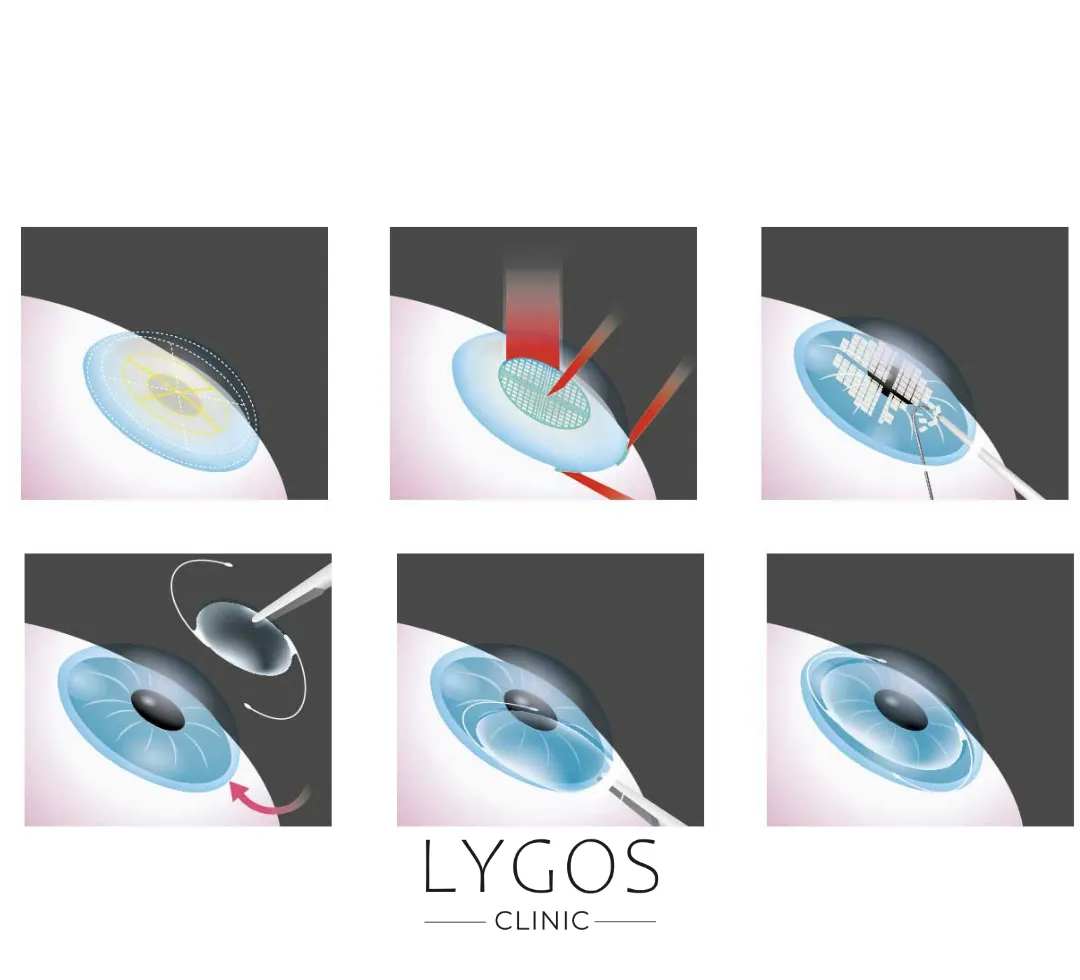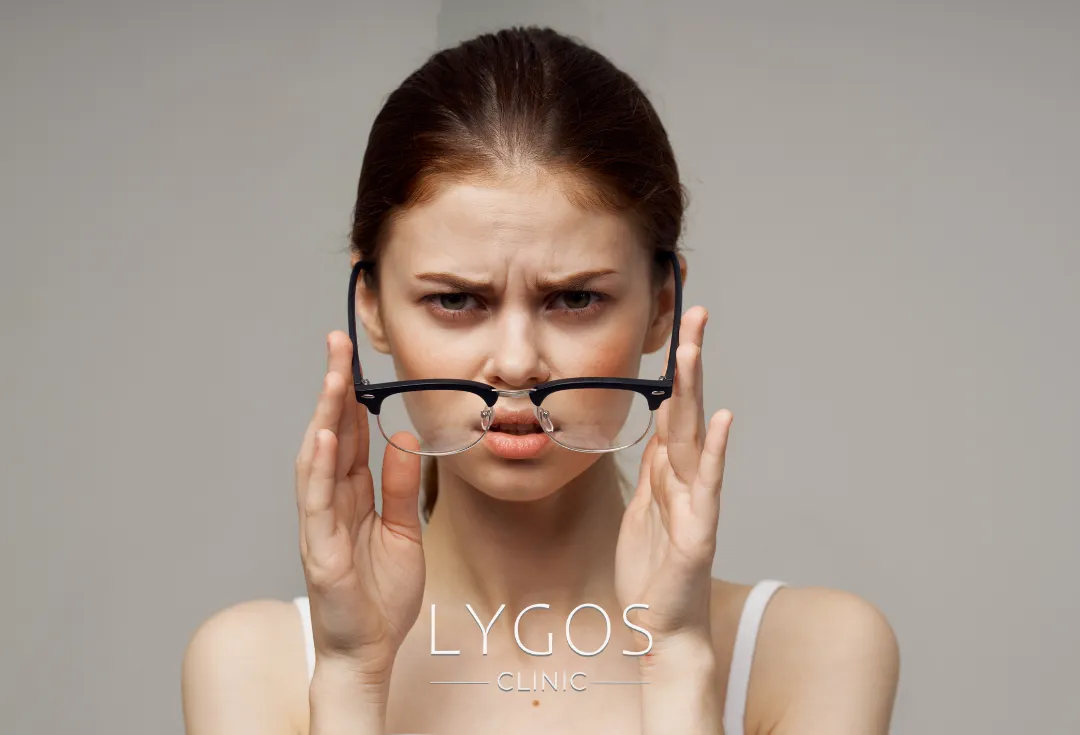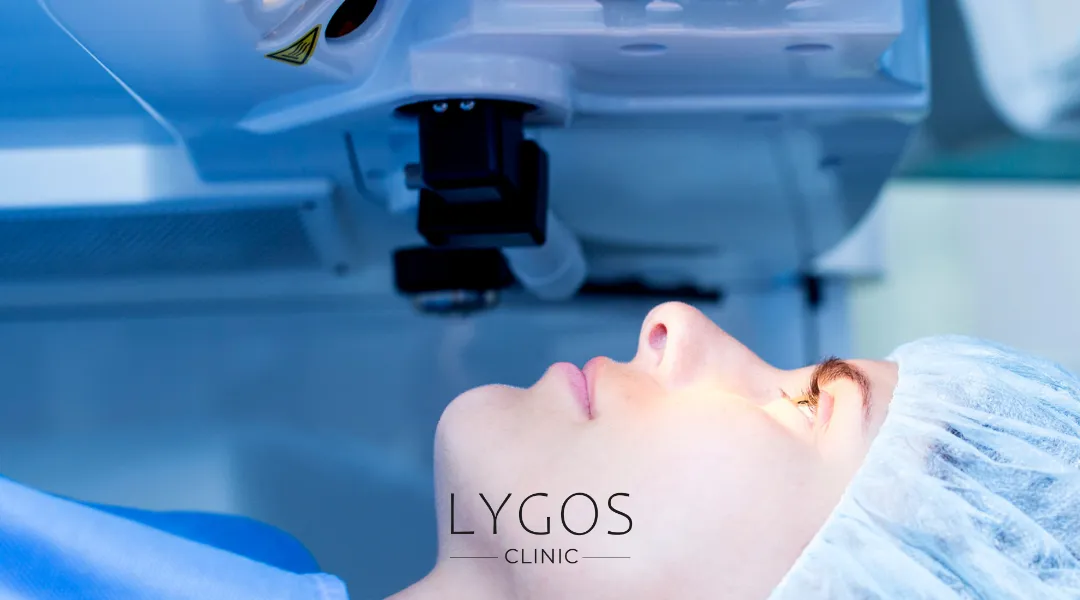What is the Cornea?
Get Free Consultation
Chose Your Topic

How is Cornea Transplant Surgery Performed?
Corneal transplantation is a delicate surgical procedure performed using different techniques and methods. This operation involves replacing the entire cornea or only certain layers of it. So, how is corneal transplant surgery performed? Corneal transplant surgery is performed by removing all layers of the cornea and completely replacing the donor cornea. This method is especially preferred for superficial corneal diseases.
This offers a faster healing process. For the problem in the middle layer, the middle layer of the transplanted cornea, called the stroma, is replaced. Donor stroma is placed in place of the damaged stroma. This can speed up the healing process and improve visual function. There are also more specific techniques that aim to regenerate the inner layers of the cornea. Some methods only transplant the innermost layer of the cornea.
This makes it a more delicate treatment. As a result, corneal transplant surgery can be performed with more than one method. After consulting a specialist doctor, the patient who needs surgery should make sure that they choose the right method for them.

First Step
Eye examination and vision tests are performed.

Second Step
Anesthesia is administered and the patient is informed.

Step Three
The damaged cornea is removed.

Step Four
The donor cornea is placed and sutured.
What are the Symptoms of Corneal Diseases?
- Infections
- Injuries
- Chemical burns
- Chronic ailments
- Hypersensitivity to light
- Eye watering
- It may manifest itself with symptoms such as headache
- Foreign body sensation
- Eyelid swelling
- The cornea may be damaged as a result of surgical interventions
- Such damage can cause
- Redness in the eye
- Pain
- Blurred vision
What are the Treatment Methods for Corneal Diseases?
Treatment of corneal damage varies depending on the extent and cause of the damage. In some cases, the cornea can heal on its own. However, in serious cases, intervention is essential. So, what are the treatment methods for corneal diseases?
Treatment options may include medications, wearing glasses or contact lenses, corneal transplantation or other surgical interventions. Early diagnosis and correct treatment are of great importance to maintain corneal health and prevent the progression of damage.


Corneal Abrasion Treatment
Corneal abrasion treatment provides correction of a variety of problems that affect visual clarity. Conditions such as corneal injuries, patches on the corneal surface, ulcers, keratoconus and corneal protrusions are among the main reasons for such treatments.
Corneal abrasion treatment can be performed with different techniques according to the patient’s corneal structure and personal needs. Methods such as LASIK, PRK, LASEK, femtosecond laser surgery and intraocular lens implantation are among the most commonly used corneal surgery techniques. Which method will be applied is decided according to the patient’s condition and the goals of the surgery.
After corneal tear treatment, the patient may need to wear an eye bandage for a few days to support the healing process of the eye. The healing process varies from person to person, but usually takes a few days to a few weeks. In the postoperative period, symptoms such as pain, discomfort, sensitivity to light and temporary blurred vision are normal. Corneal tear treatment is a highly effective and safe method for the correction of vision problems when applied in the right method and in expert hands.
Corneal Haze Treatment
Symptoms of Corneal Thinning
Corneal thinning is defined as a condition in which the cornea loses its normal thickness and becomes thinner. Symptoms of corneal thinning are often associated with an eye disease called Keratoconus. Keratoconus is a progressive condition that causes thinning and deformity of the upper central part of the cornea.
In this disease, the cornea loses its normal rounded shape and becomes more pointed and conical. This prevents light from focusing properly and leads to visual impairment. Keratoconus usually occurs between the ages of 10-25. It can be associated with various factors such as genetic factors and allergies. In the early stages of this disease, no obvious symptoms may be noticed.
However, as it progresses, symptoms such as blurred vision, sensitivity to light, a feeling of scratches or cuts in the eye and headaches may be observed. In addition, patients often begin to experience incompatibility when wearing glasses or contact lenses, as these optical aids cannot provide adequate correction as the shape of the cornea changes. Symptoms of corneal thinning can vary depending on the rate and severity of disease progression. Symptoms such as blurred or altered vision, increased sensitivity to light and discomfort in the eye may indicate that the disease is progressing. Early diagnosis is critical for treatment success. Timely interventions can halt or slow the progression of the disease. This significantly improves the quality of life of patients.


Vision After Cornea Transplant
In the majority of patients, a significant improvement in vision is noted after corneal transplantation. This improvement is evident between a few weeks and a few months after surgery. During this period, patients’ visual acuity may gradually improve.
After removal of the stitches, additional visual improvement can be achieved with the use of glasses or contact lenses. These auxiliary aids contribute to a further improvement in the patient’s vision, helping them to achieve a clearer and better quality vision in their activities of daily living. In conclusion, to improve vision after corneal transplantation, one should be patient and follow the doctor’s recommendations.
Cornea Transplant Costs
Corneal transplant costs may vary according to the needs of the patient. Since there are more than one cornea treatment method, the process becomes more specific after the individual examination.
Therefore, it may be misleading to give a clear figure about the costs. Other issues affecting cornea transplant costs include the equipment and location of the hospital, the experience of the doctor, the quality of the methods and equipment used.

Get a quote for cornea transplant surgery
Frequently Asked Questions About Cornea
Diseases affecting the cornea are as follows:
- Dry eye
- Keratoconus
- Pterigium
- Corneal ulcer
- Corneal dystrophies
- Corneal infections
- Allergies
- Conjunctivitis
BLOG

At What Age Chin Fillers Are Made? | Advantages and Risks
Chose Your Topic At What Age Chin Fillers Are Made? Chin fillers are a popular aesthetic procedure for those who

Recovery Process After Facial Aesthetics
Chose Your Topic Recovery Process After Facial Aesthetics Facial aesthetics is a series of aesthetic interventions performed to improve and

Lip Lift Surgery | Risks and Recovery
Chose Your Topic Lip Lift Surgery In today’s world, interest in aesthetic surgery is increasing day by day. Especially for





